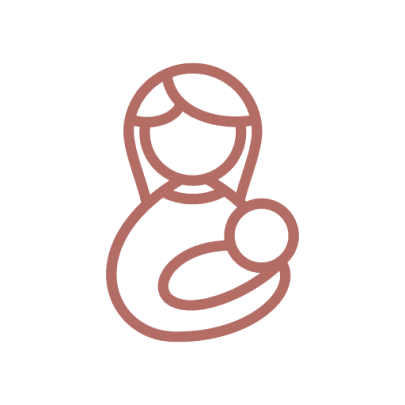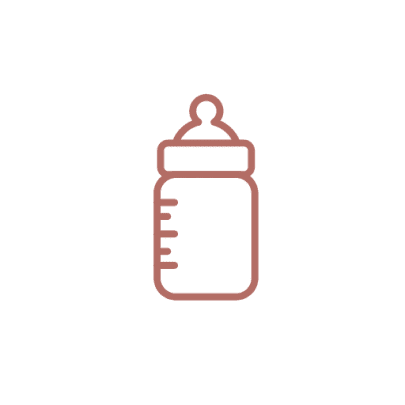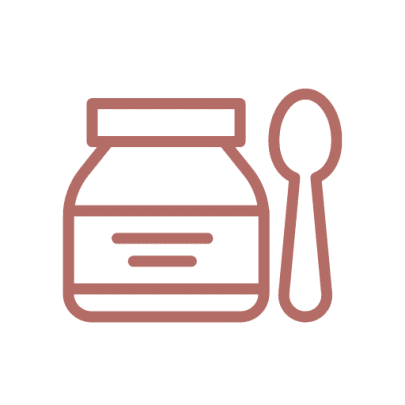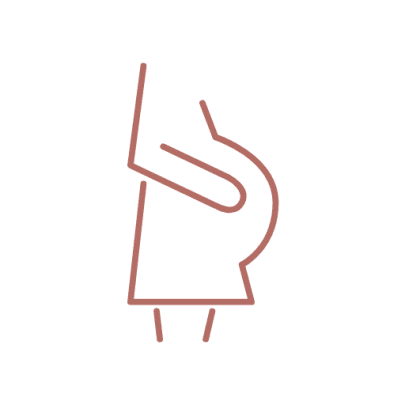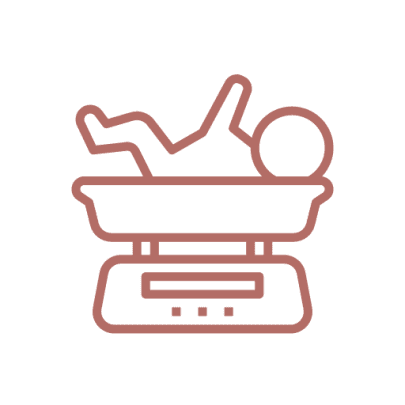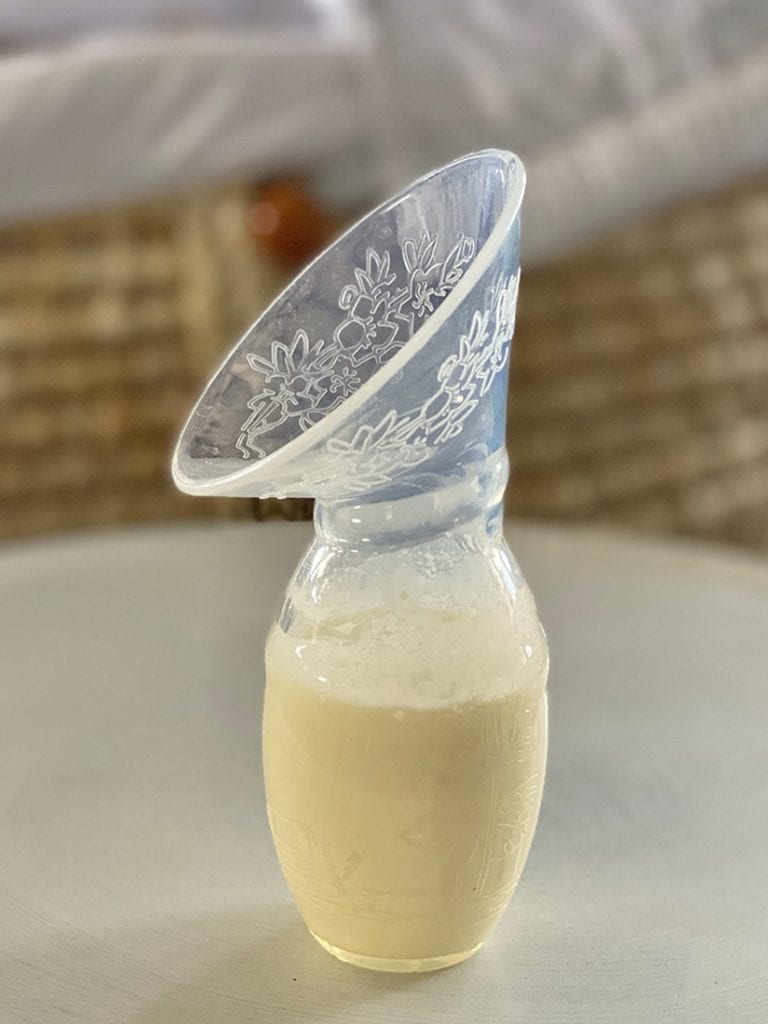Do your nipples go white after breastfeeding and on exposure to the cold?
Do you have sore nipples while you are pregnant that are made worse by the cold?
If you answered yes then you could have a condition called Raynaud’s of the nipple. Raynaud’s is a condition that is typically managed, not cured, and the effect will vary throughout your life. There are some ways you can manage the condition… However not every single option that we list here will work for everyone – you may need to use a combination of all. You might also notice variations depending on the season and how old your baby is

Quick tips to help relieve your pain right now:
Use a hair dryer to blow warm air down your top for a minute (blow air between a t-shirt and a jumper so that it is not directly on your skin)
Make yourself a hot drink (sounds simple but is effective)
Place a warm heat pack / wheat pack / or hot water bottle on your chest.
Turn the heater up
Put socks and slippers on.
Wrap yourself in a blanket.
Have a hot shower
If your nipples are white, then gently squeeze them to get the blood flowing back
Ensure your breast pads are dry, you don’t want wetness on your skin.
Try not to use cotton breast pads or disposable breast pads with paper backing as they will always feel damp against your skin
Warm your clothes in a clothes-dryer for a few minutes and then put them back on
Longer Term Suggestions for the Management
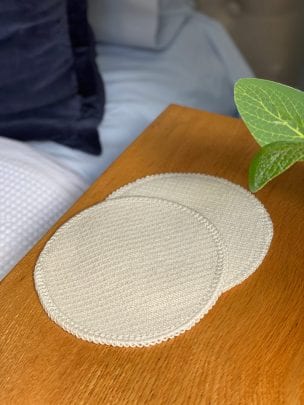
of Raynauds
- To prevent vasospasms occurring, dress warmly, especially when going outside in winter. Breastwarmers, which insulate the breast, or woollen breastpads can be used to keep the breasts warm.
- Never allow the nipples to air dry. The evaporation of milk and saliva causes the nipple to quickly cool, causing vasospasm. As soon as the baby comes off the breast the breast should be covered. If the baby is repeatedly coming off, then just covering the nipple with your hand will suffice. If feeding is finished then cover the breast up immediately. Ensure that all bras and breastpads have either a wool or synthetic fabric against the skin – cotton must be avoided, as it feels cold when wet. If you have cotton bras then use breastpads with a synthetic or wool liner.
- Breastpads should be changed as soon as they become wet. Lanolin barrier cream or olive oil can help stop the nipple from air-drying, the cream or oil should be warmed in your hands before being applied.
- When vasospasm occurs, repeatedly squeezing the nipple will help blood flow back into this area. Doing this immediately will limit damage to the nipple caused by a lack of blood, and will improve recovery times. Gently squeezing the nipple to ensure it is not constricted prior to latching will help ensure that secondary damage to the nipple does not occur.
- For serious vasospasm problems increased heat can be provided from heat pack, hot water bottle, or even a hot wet flannel in a zip lock bag can provide some help.
- Use of breastwarmers and heating systems can increase milk supply, and may also help mothers who suffer from mastitis or blocked ducts. However, an increase in milk supply can lead to engorgement and a milk oversupply problem for some women. Mothers who experience engorgement may need to pump for comfort, and mothers with an oversupply problem should be informed how to treat this. Some women with Raynaud’s also suffer from Erythromelalgia, where sensitivity to heat occurs, hot treatments will be inappropriate for these women.

General Suggestions
- Keep all rooms you are using, including the hallway, warm in winter. At night, having baby in the same room, and keeping this room heated can help.
- Having regular hot drinks (every hour or so) can help keep you warm.
- Use an electric blanket before you go to bed or put your duvet in the clothes drier for five minutes before you go to bed can be lovely and warm.
- Pumping your milk may help reduce pain, or give you a break to help get Raynaud’s under control. Pumping doesn’t stretch the nipple as much as breastfeeding, and so reduces any latching pain, and there is no sharp change in temperature after feeding, making vasospasm after pumping less likely. For some women a day’s break every now and then helps, with some women having to pump for longer periods.
- Some women also find that using nipple shields helps as it reduces the temperature change that would otherwise be felt at the end of breastfeeding.
- Exercise will improve your circulation and helps some women.
- ‘Training’ of the blood vessels to constrict and relax by turning the shower from warm to not so warm may help.
- Avoid all products that contain caffeine (including tea), antihistamines, nicotine or other vasoconstrictive drugs. Some astringent foods cause sensitive tissue to constrict, these include citrus foods, tomatoes and vitamin C supplements.
Supplements and Prescriptions
B6 vitamin supplements, or a prescription of nifedipine tablets can help some women, please consult with your doctor or lactation consultant
A Lactation Consultant can help identify any underlying problems such as tongue tie or poor latch that may be contributing to the Raynaud’s, and can provide a written referral to a doctor on the identification and treatment of Raynaud’s of the nipple.
Pain relief tablets such as Ibuprofen may help, however they should not be taken continuously over long periods of time.
– You may also like –
|
|
 |
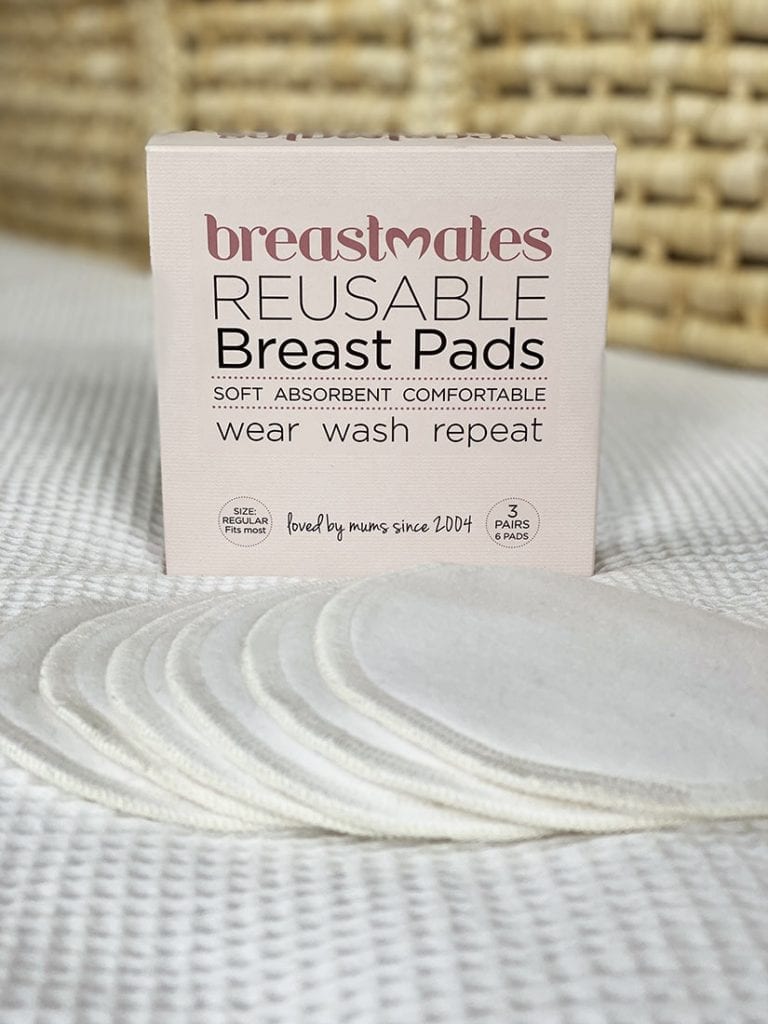 |

